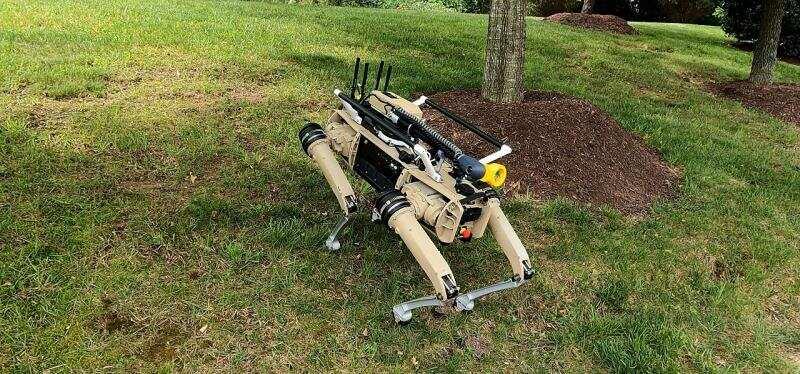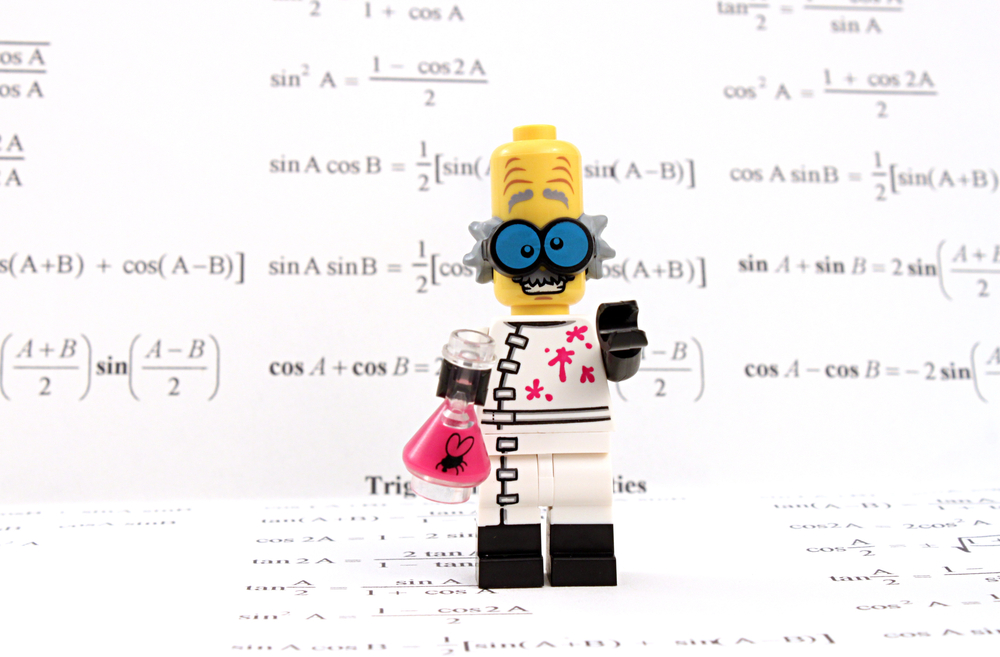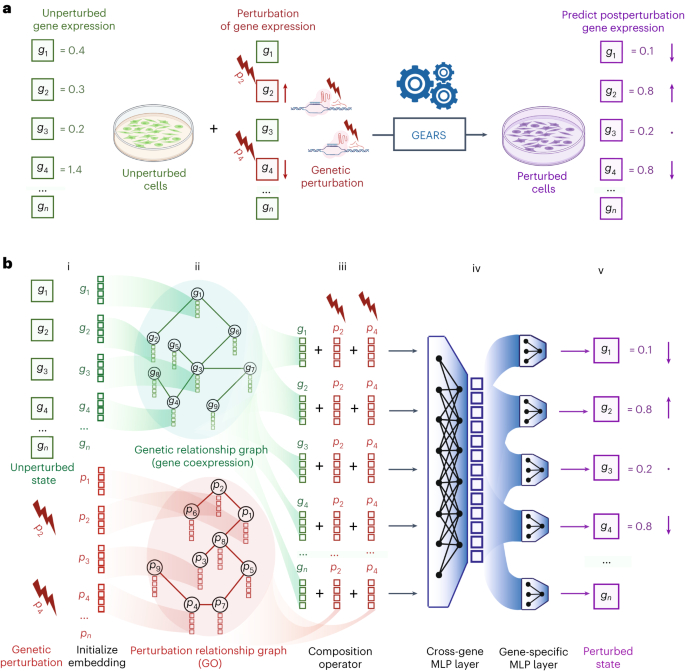
Einstein’s theory of general relativity holds that a massive body like Earth curves space-time, causing time to slow as you approach the object—so a person on top of a mountain ages a tiny bit faster than someone at sea level.
US scientists have now confirmed the theory at the smallest scale ever, demonstrating that clocks tick at different rates when separated by fractions of a millimeter.
Jun Ye, of the National Institute of Standards and Technology (NIST) and the University of Colorado Boulder, told AFP their new clock was “by far” the most precise ever built—and could pave the way for new discoveries in quantum mechanics, the rulebook for the subatomic world.
Ye and colleagues published their findings Wednesday in the prestigious journal Nature, describing the engineering advances that enabled them to build a device 50 times more precise than today’s best atomic clocks.
It wasn’t until the invention of atomic clocks—which keep time by detecting the transition between two energy states inside an atom exposed to a particular frequency—that scientists could prove Albert Einstein’s 1915 theory.
Early experiments included the Gravity Probe A of 1976, which involved a spacecraft 6,000 miles (10,000 kilometers) above Earth’s surface and showed that an onboard clock was faster than an equivalent on Earth by one second every 73 years.
Since then, clocks have become more and more precise, and thus better able to detect the effects of relativity.
In 2010, NIST scientists observed time moving at different rates when their clock was moved 33 centimeters (just over a foot) higher.
Theory of everything
Ye’s key breakthrough was working with webs of light, known as optical lattices, to trap atoms in orderly arrangements. This is to stop the atoms from falling due to gravity or otherwise moving, resulting in a loss of accuracy.
Inside Ye’s new clock are 100,000 strontium atoms, layered on top of each other like a stack of pancakes, in total about a millimeter high.
The clock is so precise that when the scientists divided the stack into two, they could detect differences in time in the top and bottom halves.
At this level of accuracy, clocks essentially act as sensors.
“Space and time are connected,” said Ye. “And with time measurement so precise, you can actually see how space is changing in real time—Earth is a lively, living body.”
Such clocks spread out over a volcanically-active region could tell geologists the difference between solid rock and lava, helping predict eruptions.
Or, for example, study how global warming is causing glaciers to melt and oceans to rise.
What excites Ye most, however, is how future clocks could usher in a completely new realm of physics.
The current clock can detect time differences across 200 microns—but if that was brought down to 20 microns, it could start to probe the quantum world, helping bridge disparities in theory.
While relativity beautifully explains how large objects like planets and galaxies behave, it is famously incompatible with quantum mechanics, which deals with the very small.
According to quantum theory, every particle is also a wave—and can occupy multiple places at the same time, something known as superposition. But it’s not clear how an object in two places at once would distort space-time, per Einstein’s theory.
The intersection of the two fields therefore would bring physics a step closer to a unifying “theory of everything” that explains all physical phenomena of the cosmos.
More information:
Tobias Bothwell, Resolving the gravitational redshift in a millimetre-scale atomic sample, Nature (2022). DOI: 10.1038/s41586-021-04349-7. www.nature.com/articles/s41586-021-04349-7
Related: Shimon Kolkowitz, Differential clock comparisons with a multiplexed optical lattice clock, Nature (2022). DOI: 10.1038/s41586-021-04344-y. www.nature.com/articles/s41586-021-04344-y
© 2022 AFP
Citation:
How world’s most precise clock could transform fundamental physics (2022, February 19)
retrieved 26 February 2022
from https://phys.org/news/2022-02-world-precise-clock-fundamental-physics.html
This document is subject to copyright. Apart from any fair dealing for the purpose of private study or research, no
part may be reproduced without the written permission. The content is provided for information purposes only.
Note: This article have been indexed to our site. We do not claim legitimacy, ownership or copyright of any of the content above. To see the article at original source Click Here













